Evidence and Gap Maps Implementation: Fourth Edition
Outline of the study
This report is the fourth edition of a comprehensive map that brings together research on why homelessness interventions succeed or fail in practice. This study focuses on understanding the practical challenges and success factors that contribute to effective implementation and failure.
Using automated searches and systematic screening methods, researchers identified and analysed 597 studies from around the world that examine the different perspectives of people using services, staff, managers, and policymakers on what helps or hinders homelessness interventions. The map organises evidence across nine types of interventions and 44 specific approaches, giving decision-makers a visual overview of what we know about implementation.
Findings in brief
- The evidence base has grown dramatically - from 246 studies in the first edition to 597 studies, with 191 new studies added since 2022
- Evidence is heavily clustered in three areas: accommodation-based interventions (273 studies), services and outreach (200 studies), and health and social care (154 studies)
- Major gaps exist in understanding the effectiveness of legislation (26 studies), communications (24 studies), and financing interventions (4 studies) in practice
- Most evidence comes from North America (57%) and Western Europe (30%). UK studies make up 25% of the global evidence (152 studies), with 33 new UK studies added in this edition
- Evidence is very uneven within intervention types: Housing First has 108 studies, while hostels have only 6 studies
- Research quality remains poor: 77% of studies are rated as ‘low confidence’, mainly due to inadequate reporting of relationships between researchers and participants and ethical considerations
- The most common barriers to implementation involve programme managers and service users, availability of resources, getting buy-in to interventions, service coordination, and access to support beyond housing
- Key success factors include: good communication, engagement between staff and service users, and access to wraparound services.
Recommendations in brief
- Conduct systematic reviews in areas which are well-evidenced, such as Housing First, health services and case management, to identify implementation lessons
- Prioritise research in areas with research gaps, including legislation, communications, and financing interventions
- Focus reviews on education/skills and employment interventions as promising areas for synthesis
- Improve research quality standards by ensuring studies fully report on ethical considerations and researcher-participant relationships
- Strengthen data collection and monitoring systems, focusing on evidence-based decision making and robust outcome tracking
- Highlight the importance of joint working between organisations across all intervention types
- Seek to address resource adequacy as a barrier through providing sufficient staffing, funding, and organisational capacity to deliver interventions
- Develop targeted approaches for stakeholder groups
- Seek to build evidence beyond North America and Western Europe, to understand the impact of cultural and contextual factors.



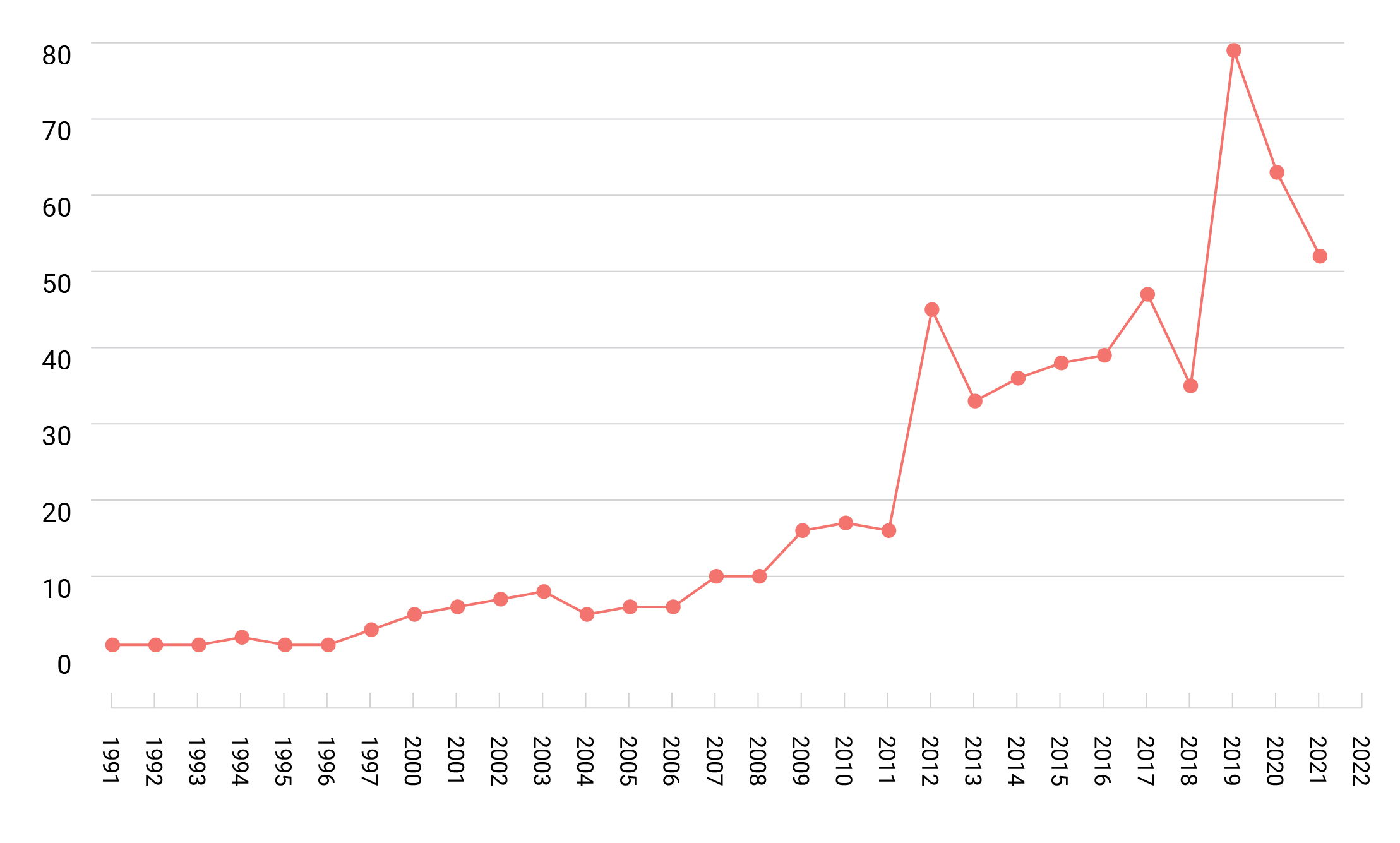
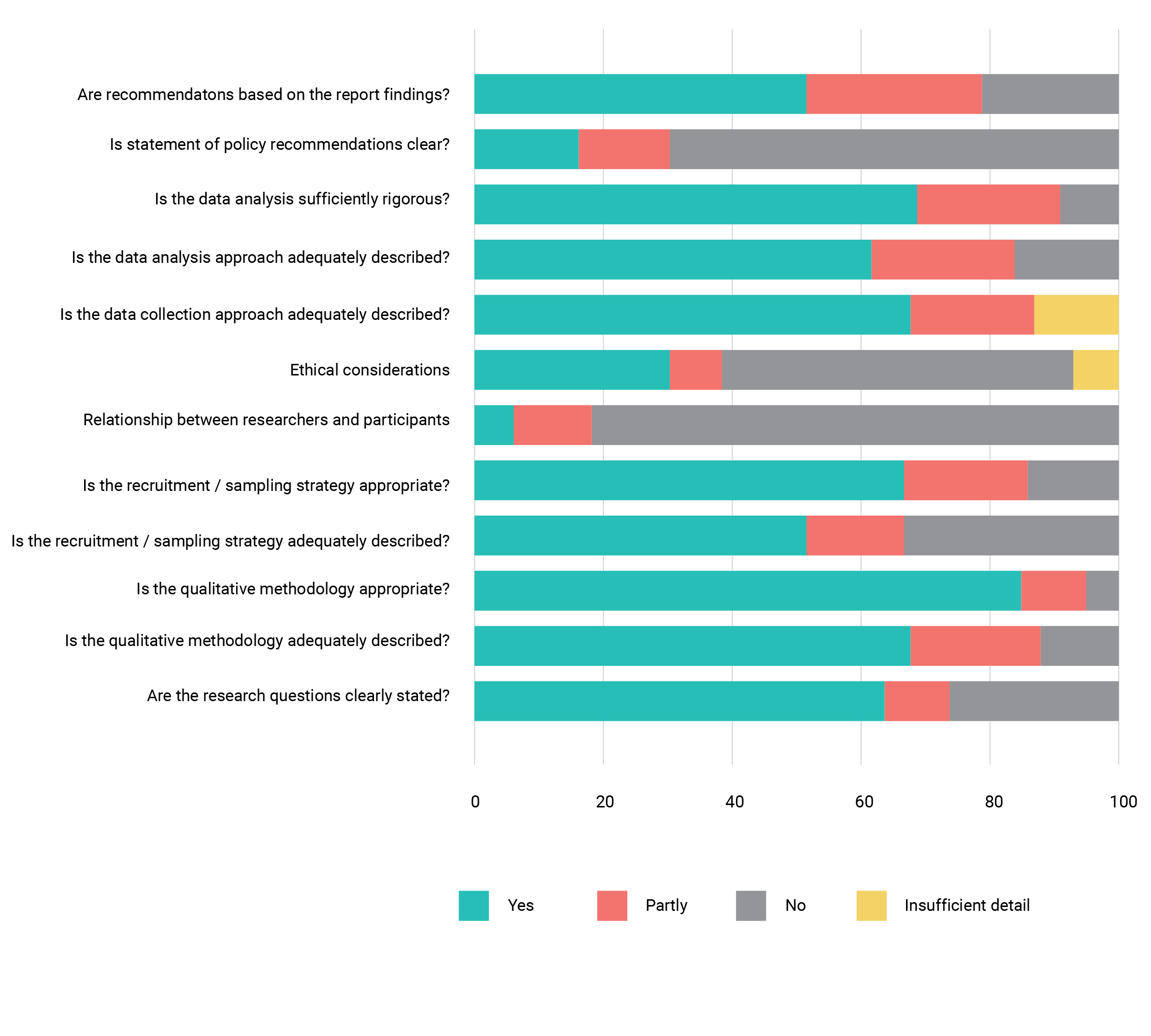
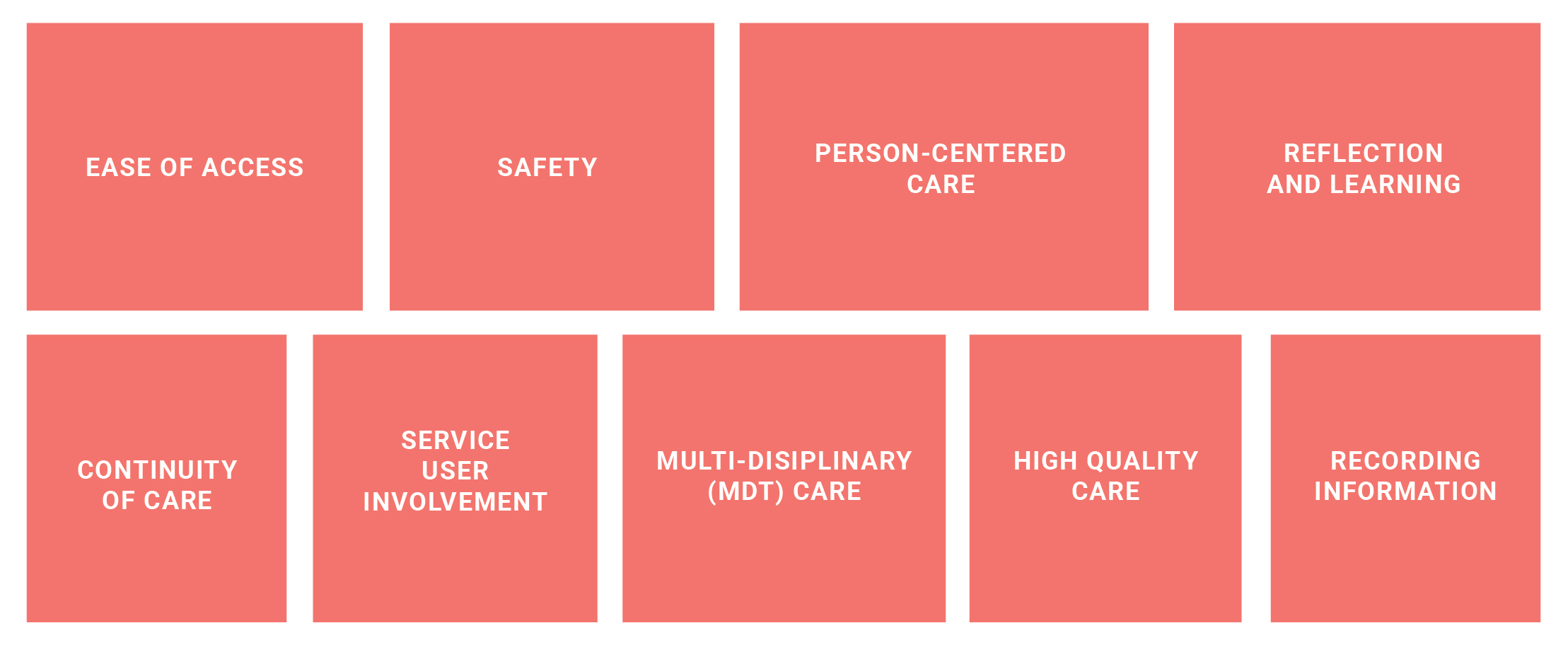


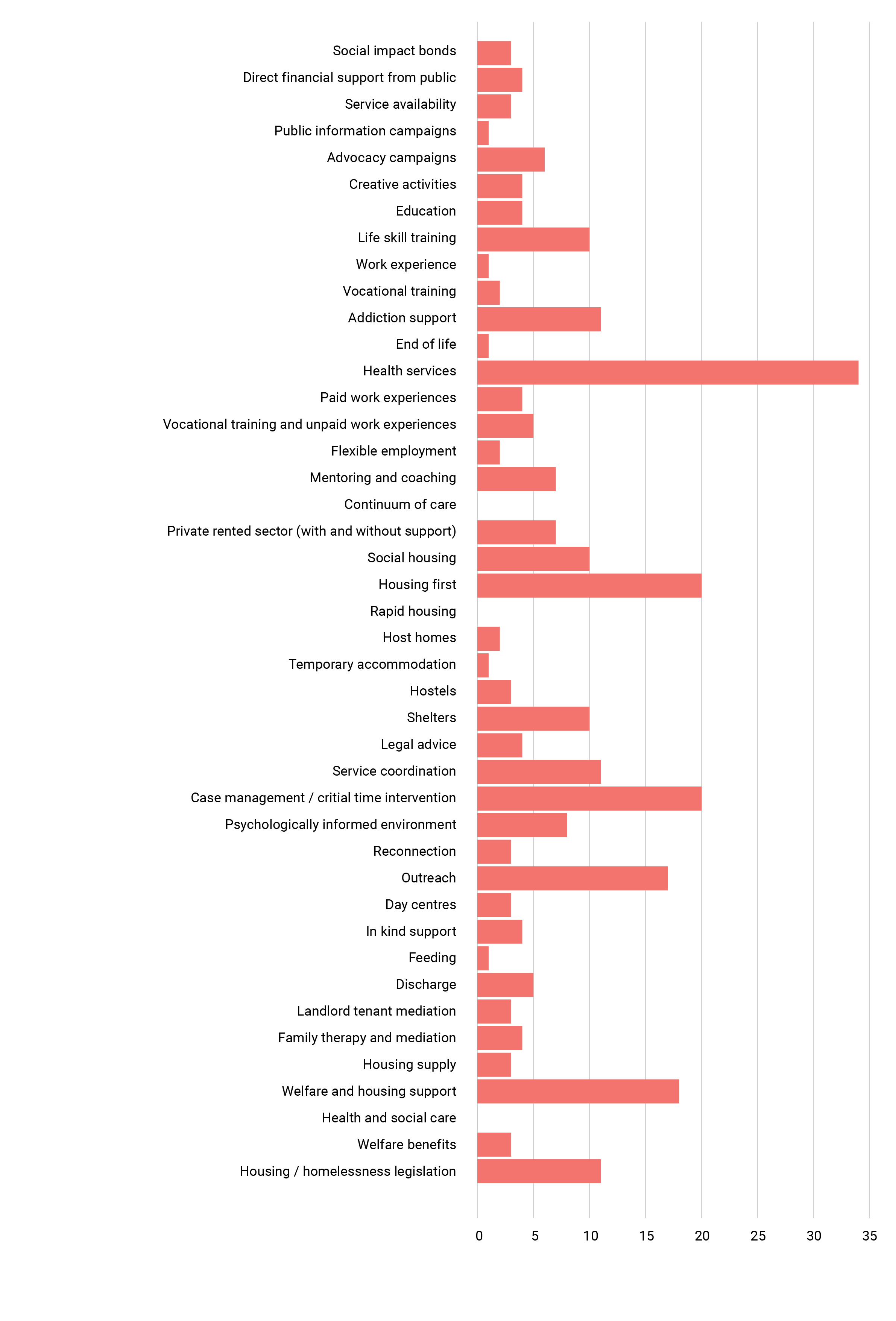


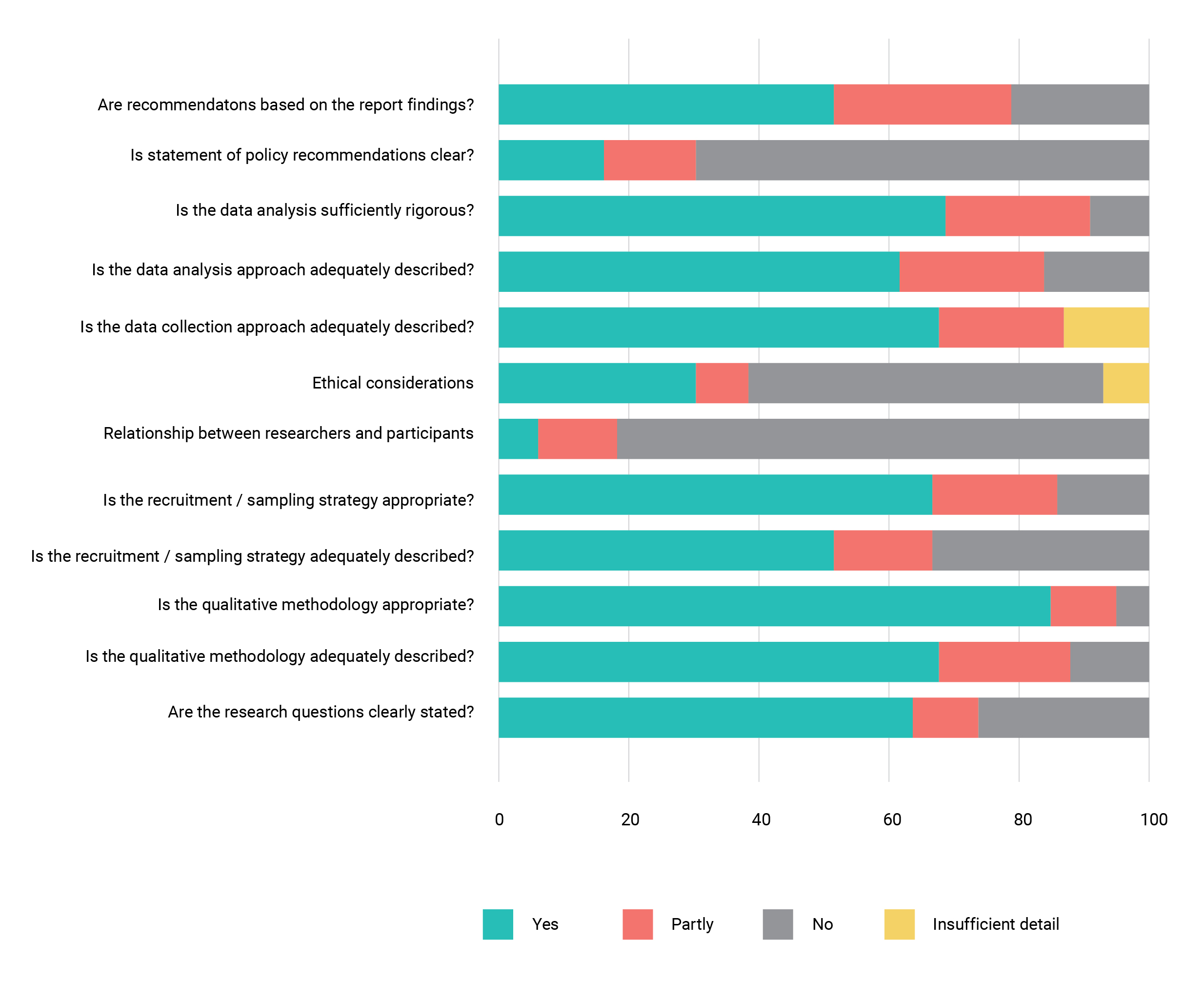
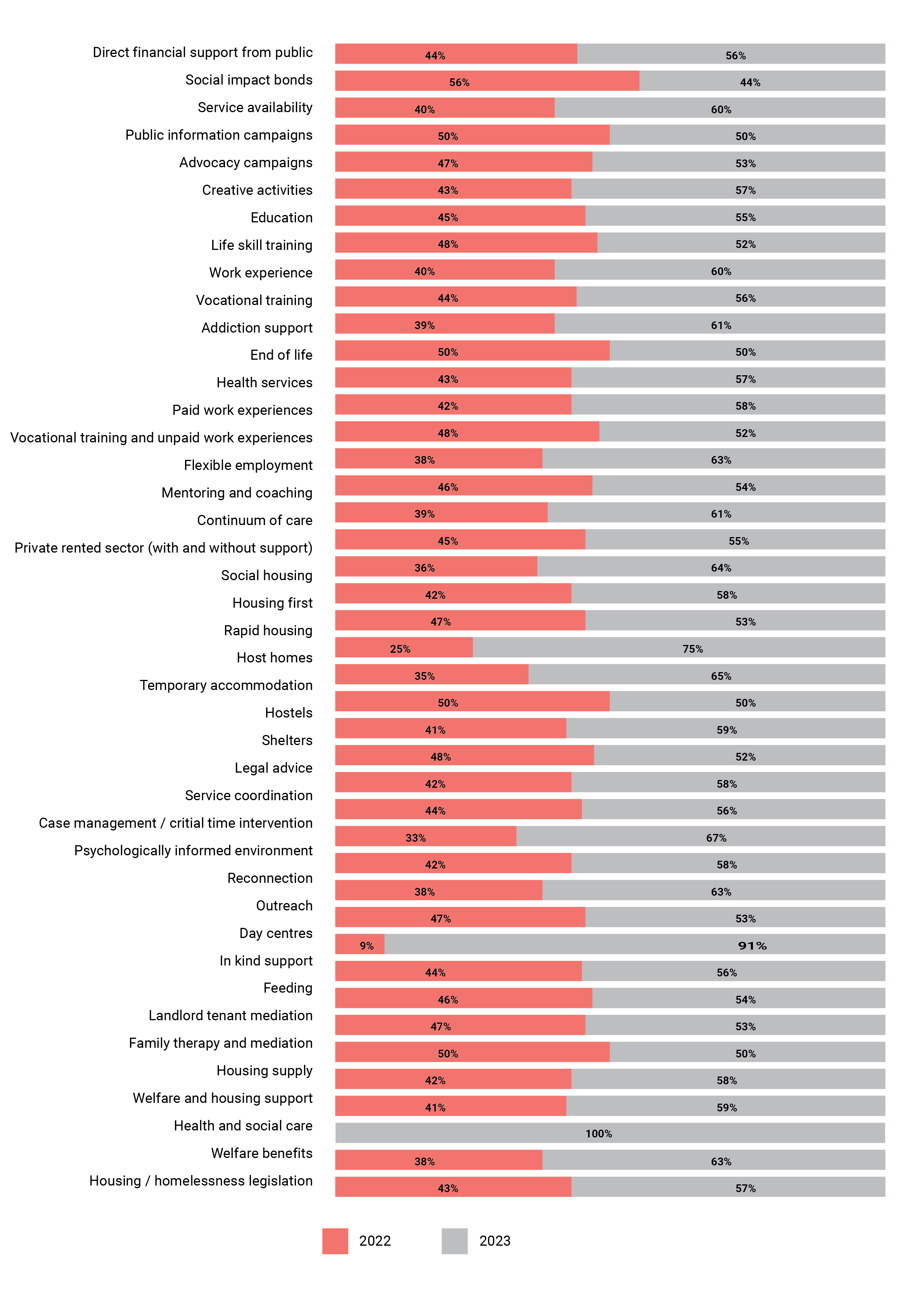
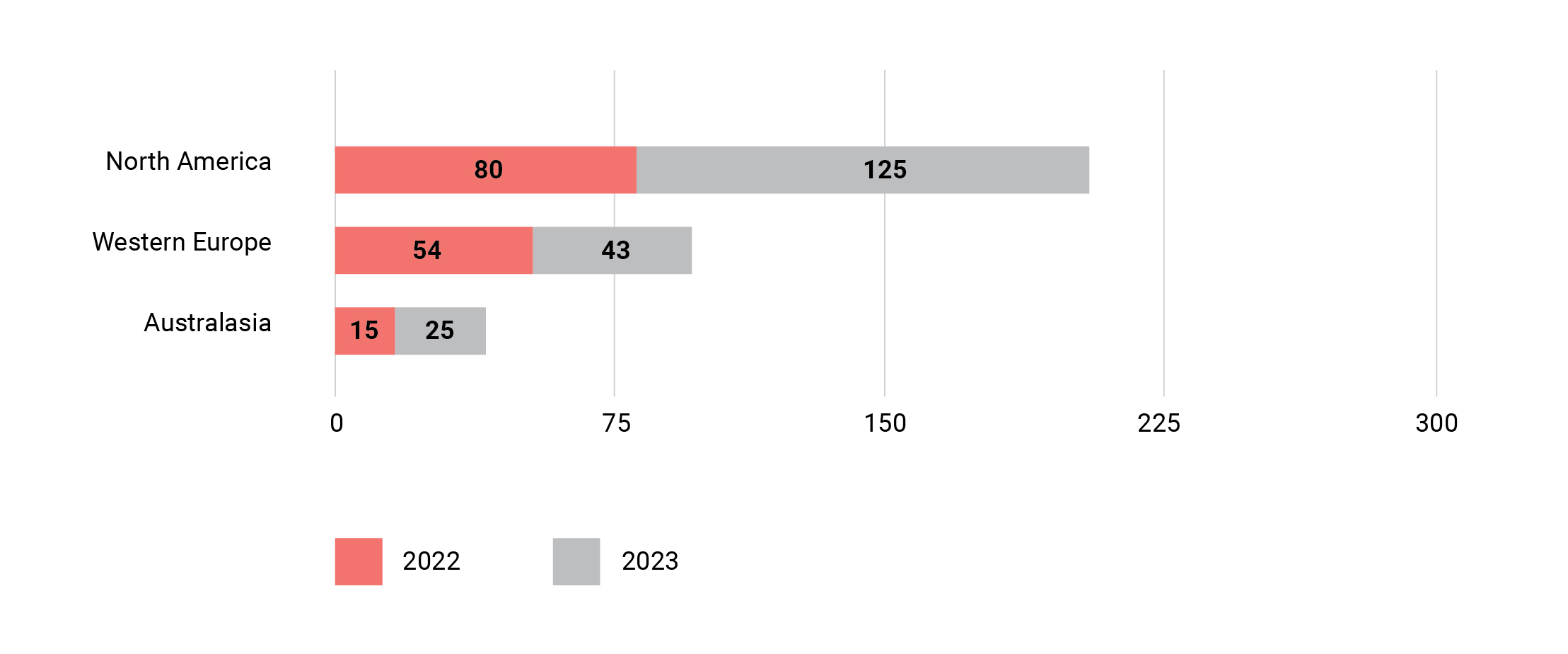
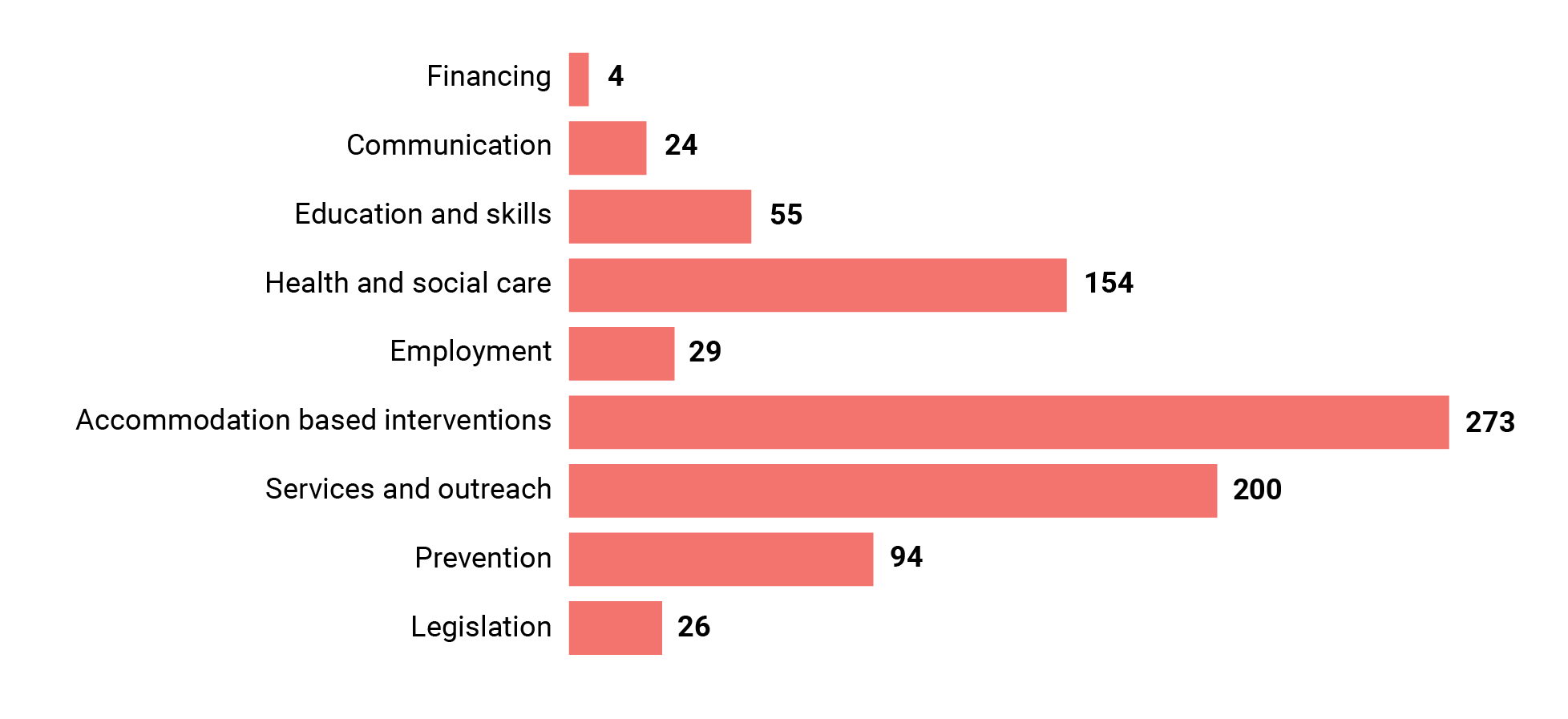

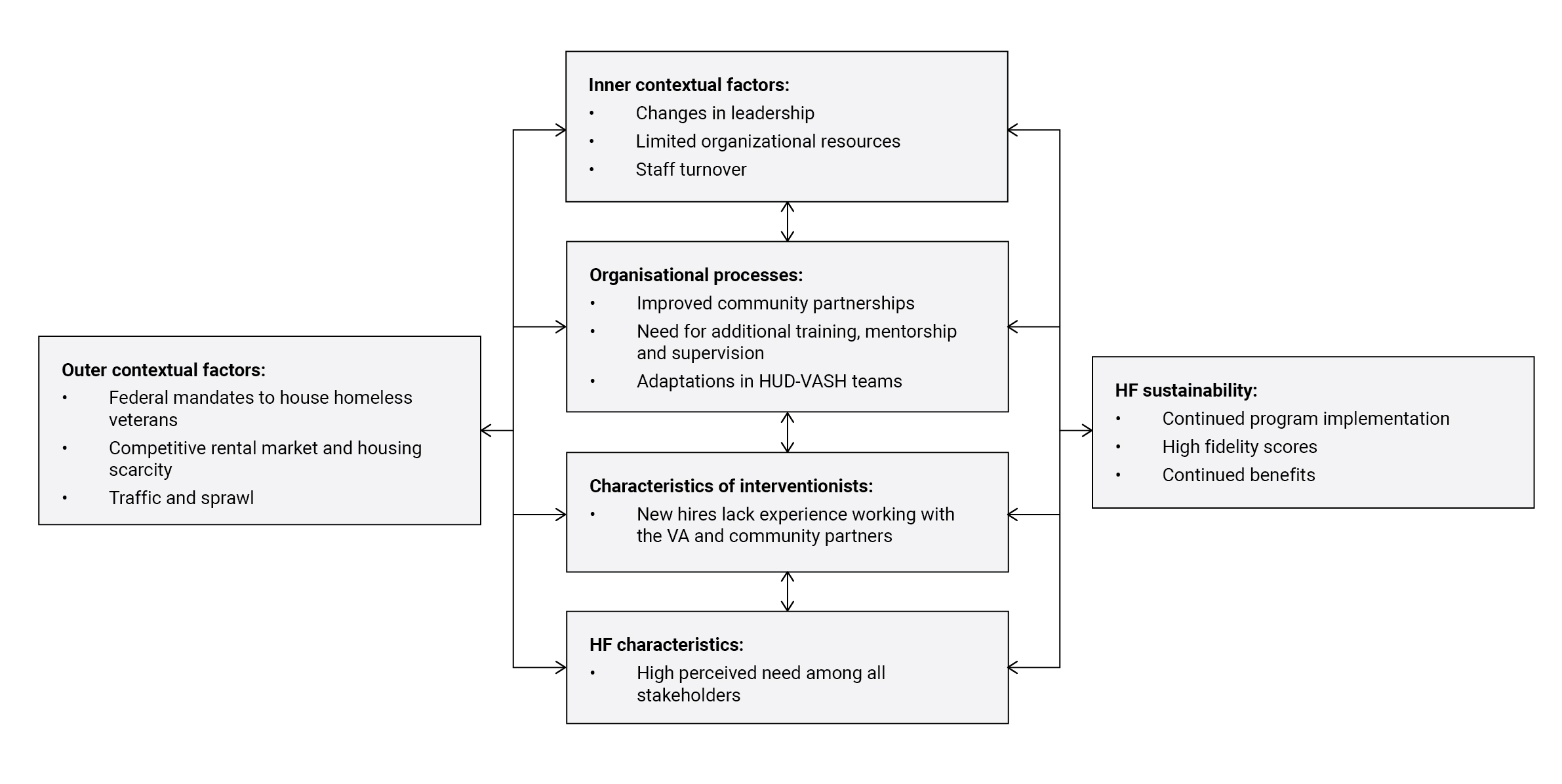
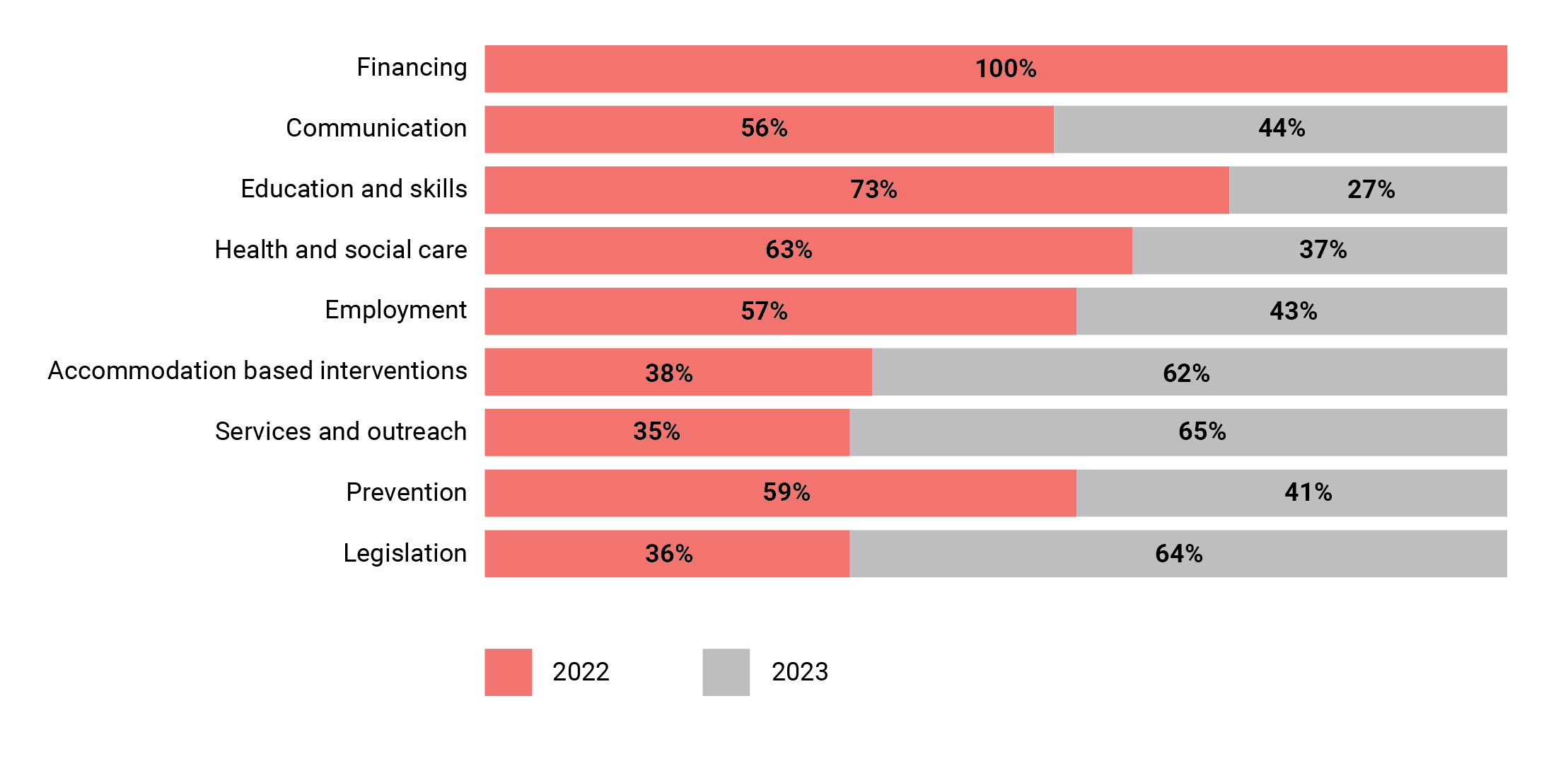
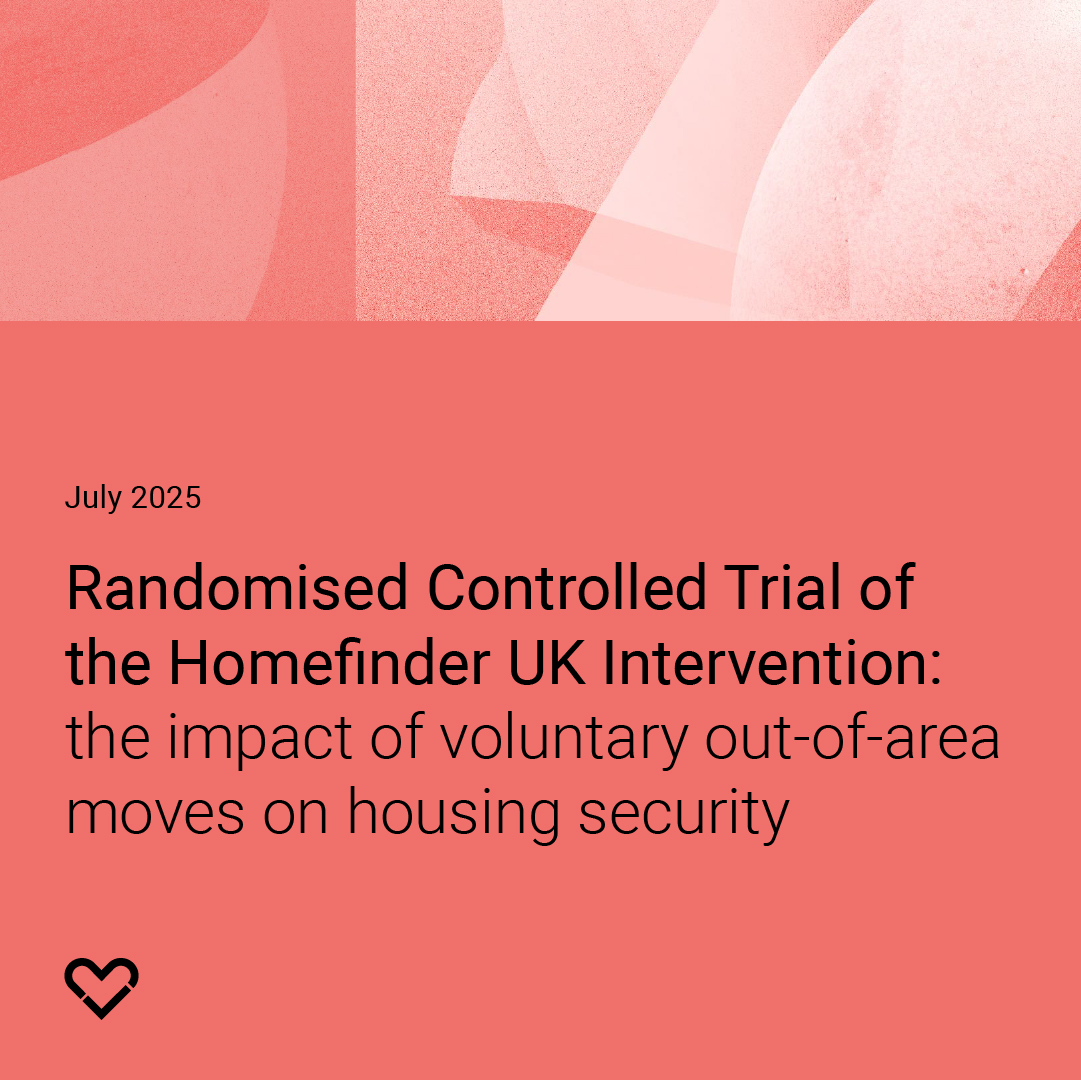

.jpg)

